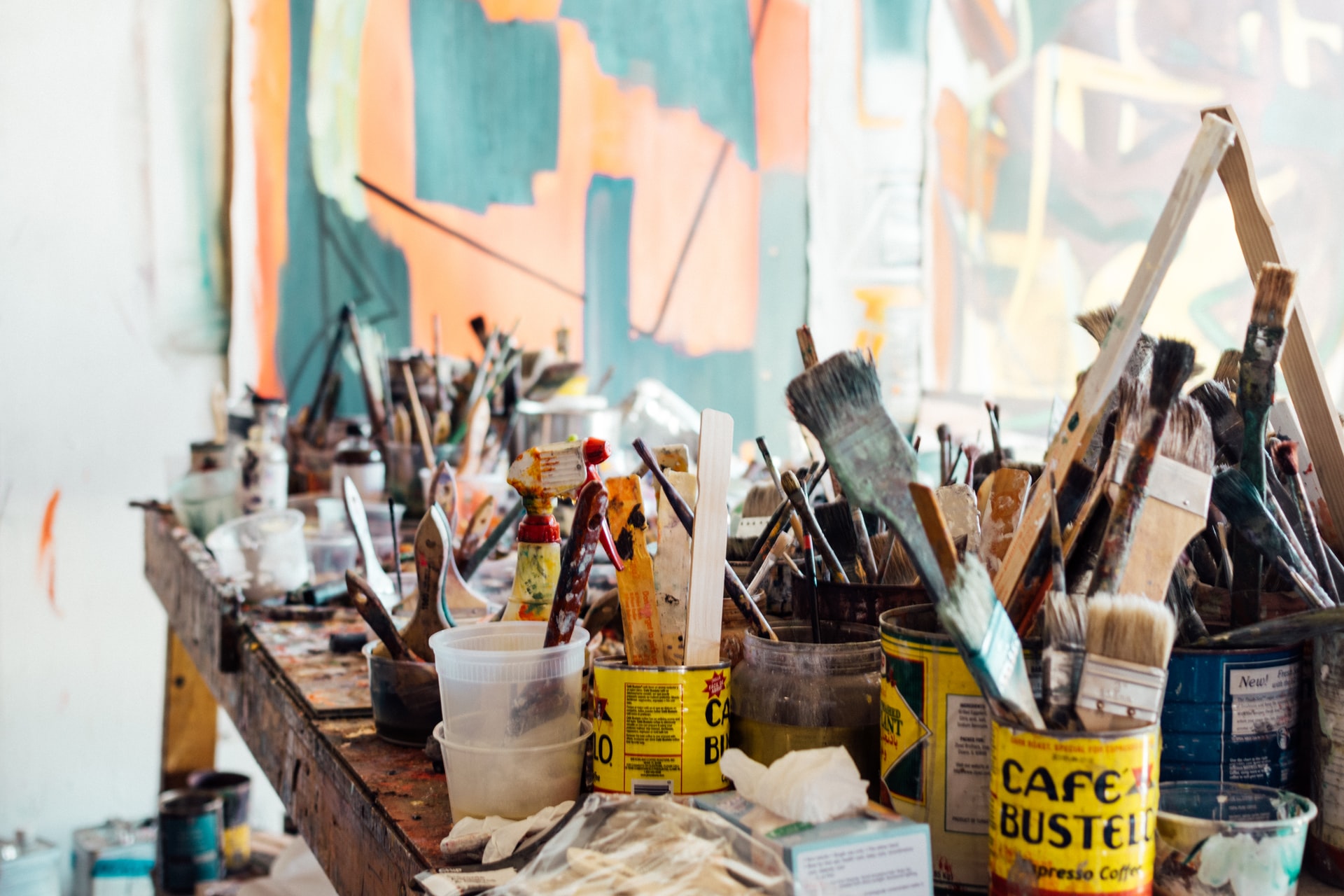The great variety of paint brushes can generate a lot of confusion even for more advanced artists. As an artist, you are more inclined to try out and experiment than other people. Still, the high number of brush types, sizes, shapes, bristles might make this mission impossible. It’s hard to try all brush types out there!
When choosing your paintbrushes, you should consider at least the following information: shapes, sizes, paint you will use, and the size or type of the art project you plan.
This guide will help you navigate any brush and make your choices easier for your next project.
Brush shapes
Paintbrushes come in many shapes that can feel overwhelming when choosing what you need for your project. Here are the basic shapes you will most probably work with:
- Round. These are circular at the base and come up to a point on top.
- Script (line). These have long bristles that are very thin.
- Square (bright). They have a square shape from one side and a skinny line shape – on the side.
- Filbert. These are square at the base and rounded off on top, like a dome.
- Fan. These literally look like a fan, wide on top.
Shapes and painting work
While we recommend experimenting with brush shapes on your own, here are some pieces of advice to start with for your art projects:
- Round brushes are very versatile. As the base is thicker and the top – a fine point, you can get playful with one stroke.
- Script brushes are for thin and delicate lines.
- Blend and soften the edges with filbert or fan brushes.
- For crisp straight lines or more geometric shapes and strokes, consider square brushes.
Bristles and paint choice
The main question is if you should choose a natural bristle or a synthetic bristle for your project.
- Usually, synthetic bristles are more affordable, but these do not last as long as natural hair bristles.
- The natural bristle brushes will have higher quality, a longer life expectancy, but they may be a bit more expensive.
- It is better to use natural bristle for oil painting because they are softer and resist longer to the oils in the paints.
- Synthetic bristles make it easier to work with acrylic paint. These do not absorb the color as the natural ones.
Recently, many manufacturers combine synthetic bristles with animal bristles and help artists get the benefits of both types.
Sizes
When deciding on the size of your brushes, consider the size of your project and the level of detail or the type of strokes you want to use. Don’t try to cover large areas with filbert brushes, and never paint details with a square or fan brush. Choose the brush that can help you the most and gives less pain in the process.
What’s next
Now that you talk “brushes”, it will be easier to plan your next art project or your new painting experiment. Don’t be afraid to try out and explore what different paintbrushes can do. Learn even more about brushes here and ask for help when needed!
